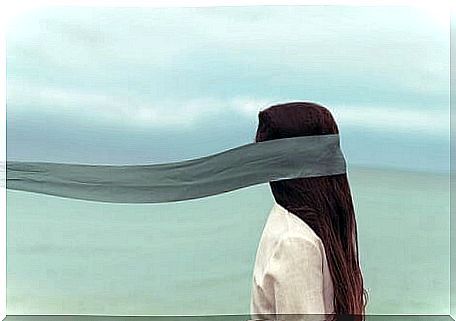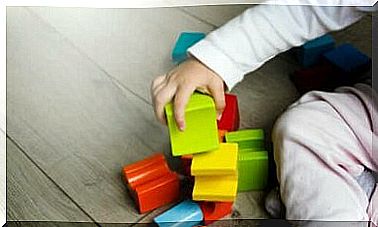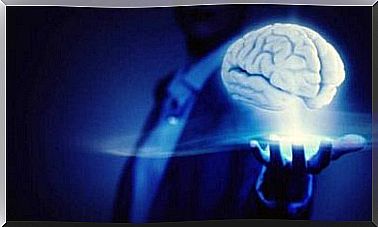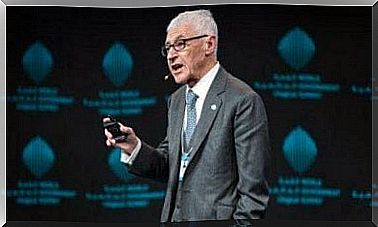Quattrone And Tversky’s Experiment On Self-deception

If someone asked you, you would probably say that you never get involved in lies and deception. Most of us believe that we act truthfully, and that we are completely sincere in most of our actions and interactions. However, Quattrone’s and Tversky’s experiment proved that this is not the case.
Quattrone and Tversky’s experiment was conducted in 1948, and was originally published in the Journal of Personality and Social Psychology . The main goal of this study was to prove the existence of a cognitive bias, specifically the one we know as confirmation bias. This has to do with people’s need to convince ourselves that what we believe is true is true, whether it is actually the case or not.
Confirmation bias as a concept is about lies and deception. In this case, however, the lies will mainly focus on ourselves. We are thus talking about self-deception. This is a process in which we stop seeing, or taking into account, aspects of reality that go against what we believe, or that lead to discomfort.
Quattrone and Tversky’s experiment shows that we often deceive ourselves. This deception does not arise from bad or evil intentions, or without a respect for the truth. It is simply a mechanism that helps us avoid painful or unpleasant aspects of our reality.

Quattrone and Tversky’s experiment
The Quattrone and Tversky experiments were performed with a group of 34 volunteers. The researchers told the volunteers that they researched “the medical and psychological aspects of athletics”. Although this was not true, it was necessary for the experiment that the participants believed it.
The researchers then asked the participants to lower and keep their arms in cold water. The researchers told them that their level of resistance to the cold water was a very good indicator of their overall health. This was not true either. They asked the participants to perform other tasks as well. These other tasks included activities such as cycling, and served as distractions.
When the participants had completed, the researchers talked to them about “life expectancy”. In the conversation, the researchers told that there are two types of hearts. Type I was more resistant and therefore less vulnerable to developing heart disease later. Type II, on the other hand, was a weaker heart that was prone to disease.
A twist in the experiment
After this first part, the experiment took an interesting twist. The group of participants was divided into two. The researchers told each group individually that the test where the arms were kept under cold water was an indicator of whether the person had a type I or type II heart.
They further explained that those who had a type I heart, that is, the stronger and more resilient one, would be able to keep their arm under cold water for a longer period of time. They told the other group the opposite – that those who had type I hearts would be able to keep their arm in cold water for a shorter period of time.
After this, all the volunteers were asked to place their arms in cold water again so that they could evaluate them again. The results were fascinating. The participants in the first group kept their arms under the cold water much longer now than when they had first been tested. With the other group, the opposite happened.

Quattrone and Tversky’s conclusions
Overall, the time the participants held their arms under the cold water varied on average, for 10 seconds. The participants who had originally held out for 35 seconds now held out for 45 seconds if they were in the first group. The participants in the second group who had held out for 35 seconds now held out for 25 seconds. What conclusions could the researchers draw from these results?
To reach their final conclusions, the researchers asked all participants one question. They asked them if the information about the two different heart types had made them endure longer or shorter in the cold water, to prove that they had a strong heart. Of the 38 volunteers, 29 people denied it. They were then asked if they thought they had a healthy heart. 60% of those who had denied that they had been influenced by the information the researchers had shared, said yes.
According to the researchers , the results proved that we have a significant tendency to fall into self-deception. Some completely suppress true information, just to prove to themselves (and others) that they are right. By doing this, you avoid situations that may be unnecessarily unpleasant or worrying.









